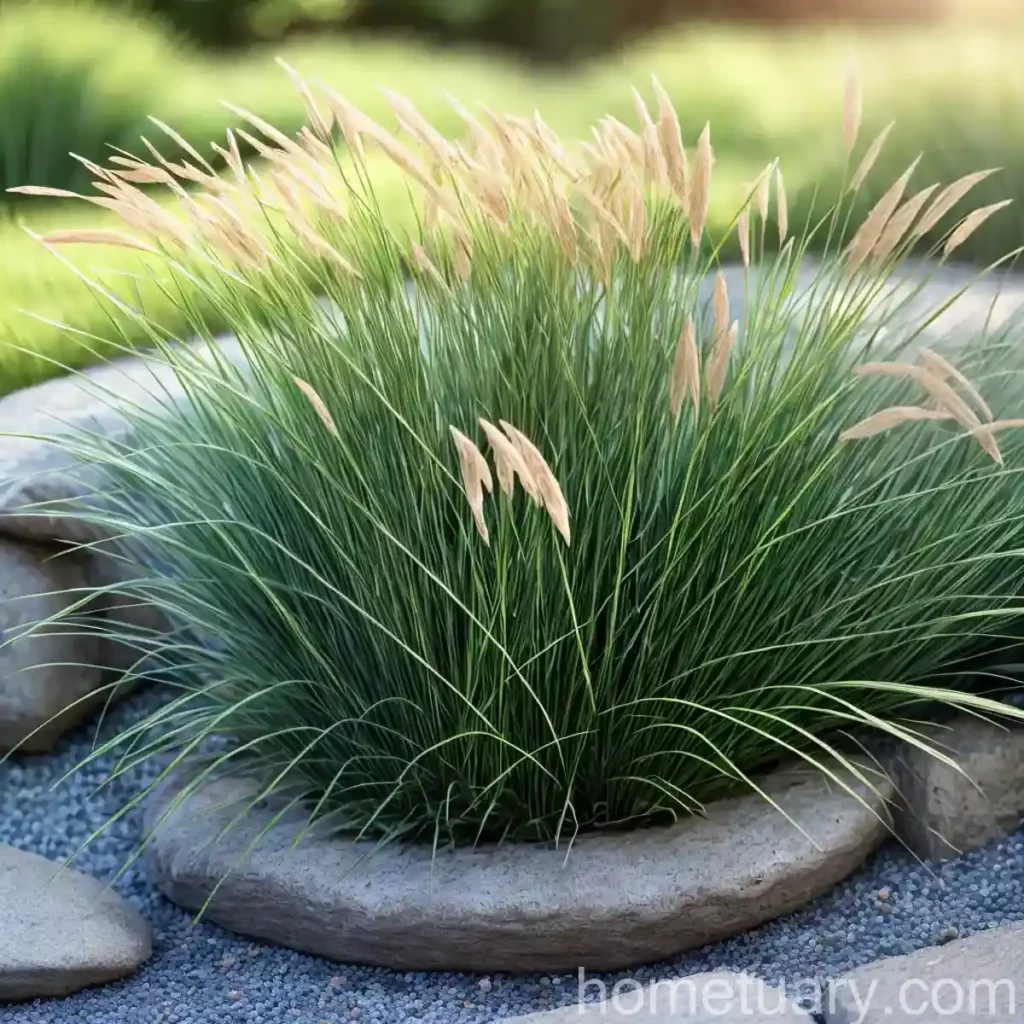Japanese grass sedge (Carex morrowii): A Comprehensive Guide
What is Japanese grass sedge?
Japanese grass sedge, scientifically known as Carex morrowii, is a perennial ornamental grass native to Japan. This elegant plant has gained popularity in gardening and landscaping due to its versatility and aesthetic appeal. Its lush foliage and low maintenance requirements make it an excellent choice for both novice and seasoned gardeners.
Key Takeaways
Within this comprehensive guide, we will delve into every aspect of Japanese grass sedge, from its cultural requirements to its uses and care guidelines. Here are the key takeaways you can expect to discover in the course of this article:
- Cultural requirements for Japanese grass sedge
- Utilization of Japanese grass sedge in landscaping
- Care guidelines, including water, sunlight, fertilizer, and pruning
- Soil preferences and propagation techniques
- Management of common diseases and pests
Now, let’s explore these aspects in detail to gain a profound understanding of this remarkable plant.
Culture
Japanese grass sedge, also known as Carex morrowii, thrives in various cultural conditions. Understanding its requirements is crucial for ensuring its optimal growth and beauty. Let’s break down the cultural aspects that are essential for cultivating this stunning plant.
Uses
Japanese grass sedge possesses versatile uses in landscaping and gardening, making it a cherished addition to outdoor spaces. Some common uses of this plant include:
- Ground cover: Its dense growth habit and appealing foliage make it an ideal ground cover for various areas in the garden.
- Borders and edging: The neat and compact growth of Japanese grass sedge makes it perfect for creating borders and defining garden beds.
- Container gardening: Due to its adaptability, it can thrive in containers, adding a touch of elegance to patios and balconies.
- Landscaping: Carex morrowii is frequently used in landscaping projects to add texture, color, and interest to garden designs.
The diverse uses of Japanese grass sedge highlight its flexibility and suitability for a wide range of landscaping and gardening purposes.
Water
Proper watering is fundamental for the health and vigor of Japanese grass sedge. While this plant tolerates moist conditions well, it is crucial to maintain balanced moisture levels to prevent waterlogging. Here are some key points regarding its water requirements:
- Regular watering: Japanese grass sedge benefits from regular, even moisture. It is essential to water the plant deeply when the top inch of the soil becomes dry.
- Mulching: Applying a layer of organic mulch around the base of the plant helps to retain soil moisture and reduce water evaporation, especially during hot and dry periods.
Sunlight
Fertilizer
Soil
Pruning
Propagation
Container Popularity
Container
Common Diseases
Disease diagnosis
Common pests
Botanist’s tips
Fun facts
Links to External Resources
For additional information on Japanese grass sedge (Carex morrowii) and related topics, the following resources provide valuable insights and practical tips:
- The Royal Horticultural Society – Carex morrowii
- University of Florida IFAS Extension – Japanese Grass Sedge for Florida Landscapes
With the wealth of information available, these resources serve as valuable references for individuals interested in Japanese grass sedge and its cultivation.
In summary, Japanese grass sedge (Carex morrowii) is an enchanting plant that offers an array of benefits to gardens and landscapes. Its adaptability, low maintenance requirements, and ornamental appeal make it a standout choice for embellishing outdoor spaces. By understanding its cultural requirements, care guidelines, and utilization, gardeners can fully appreciate and harness the potential of this remarkable plant in their landscapes.
Discover the beauty and versatility of Japanese grass sedge (Carex morrowii) and enhance your outdoor spaces with its allure and grace.















